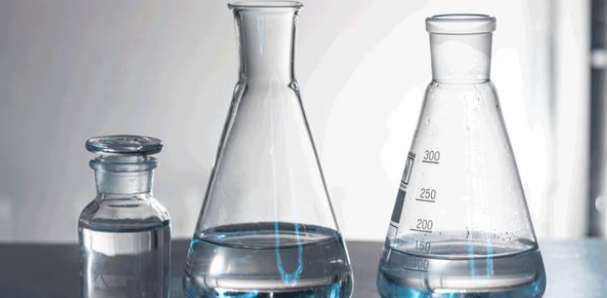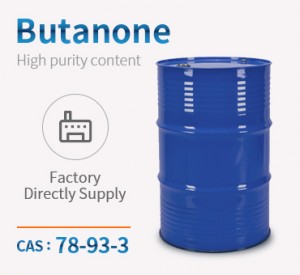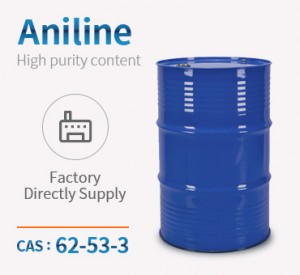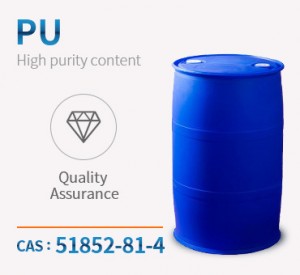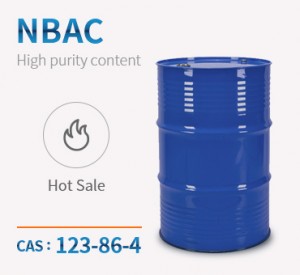Product Name:acetic acid
Molecular format:C2H4O2
CAS No:64-19-7
Product molecular structure:

Specification:
|
Item |
Unit |
Value |
|
Purity |
% |
99.8 min |
|
Color |
APHA |
5max |
|
Fomic acid content |
% |
0.03max |
|
Water Content |
% |
0.15max |
|
Appearance |
- |
Transparent liquid |
Chemical Properties:
Acetic acid, CH3COOH, is a colorless, volatile liquid at ambient temperatures. The pure compound, glacial acetic acid, owes its name to its ice-like crystalline appearance at 15.6°C. As generally supplied, acetic acid is a 6 N aqueous solution (about 36%) or a 1 N solution (about 6%). These or other dilutions are used in adding appropriate amounts of acetic acid to foods. Acetic acid is the characteristic acid of vinegar, its concentration ranging from 3.5 to 5.6%. Acetic acid and acetates are present in most plants and animal tissues in small but detectable amounts. They are normal metabolic intermediates, are produced by such bacterial species as Acetobacter and can be synthesized completely from carbon dioxide by such microorganisms as Clostridium thermoaceticum. The rat forms acetate at the rate of 1% of its body weight per day.
As a colorless liquid with a strong, pungent, characteristic vinegar odor, it is useful in butter, cheese, grape and fruit flavors. Very little pure acetic acid as such is used in foods, although it is classified by FDA as a GRAS material. Consequently, it may be employed in products that are not covered by Definitions and Standards of Identity. Acetic acid is the principal component of vinegars and pyroligneous acid. In the form of vinegar, more than 27 million lb were added to food in 1986, with approximately equal amounts used as acidulants and flavoring agents. In fact, acetic acid (as vinegar) was one of the earliest flavoring agents. Vinegars are used extensively in preparing salad dressing and mayonnaise, sour and sweet pickles and numerous sauces and catsups. They are also used in the curing of meat and in the canning of certain vegetables. In the manufacture of mayonnaise, the addition of a portion of acetic acid (vinegar) to the salt- or sugar-yolk reduces the heat resistance of Salmonella. Water binding compositions of sausages often include acetic acid or its sodium salt, while calcium acetate is used to preserve the texture of sliced, canned vegetables.
Application:
Uses of acetic acid in industry
1. Used in the synthesis of dyes and inks.
2. It is used in the synthesis of fragrances.
3. It is used in the rubber and plastic industries. It is used as a solvent and starting material for many important polymers in the rubber and plastic industries (such as PVA, PET, etc.).
4. It is used as a starting material for paint and adhesive components
5. Used in the food processing industry as an additive in cheese and sauces and as a food preservative.
Uses of acetic acid in chemical synthesis
1.Used in the synthesis of cellulose acetate. Cellulose acetate is used in photographic films and textiles. Before the invention of cellulose acetate film, photographic film used to be made of nitrate, which had many safety problems.
2. Used as a solvent for the synthesis of terephthalic acid. Paraxylene is oxidized to terephthalic acid. Terephthalic acid is used to synthesize PET, which is widely used to make plastic bottles.
3. Widely used in the reaction with various alcohols to synthesize esters. Acetate derivatives are widely used as food additives.
4. Used in the synthesis of vinyl acetate monomer. The monomer can then be polymerized to form poly(vinyl acetate) also commonly known as PVA. pVA has a wide range of applications from medicine (due to its biocompatibility to nanotechnology (as a stabilizer) to paper making).
5. Used as a solvent in many organocatalytic reactions.
Uses of acetic acid in medicine
1. Acetic acid is used in a technique called pigmented endoscopy, which is an alternative to conventional endoscopy.
2. Acetic acid is used for visual inspection of cervical cancer and lesions. It is also used for cervical cancer screening.
3. Acetic acid is used to treat otitis externa.
4. Acetic acid is sometimes used to treat bacterial and fungal infections.
5. In laboratory tests on mice, acetic acid has been shown to reduce the inflammatory response in mice.
Household uses of acetic acid
1. Acetic acid is the main component of vinegar.
2. Vinegar is used for pickling vegetables
3. It is used for salad dressing
4. It is used in the baking process. It reacts with baking soda to release carbon dioxide gas to make the food fluffy.
5.Used as antifungal agent.
Products categories
-

Phone
-

E-mail
-

Whatsapp
-

Top



